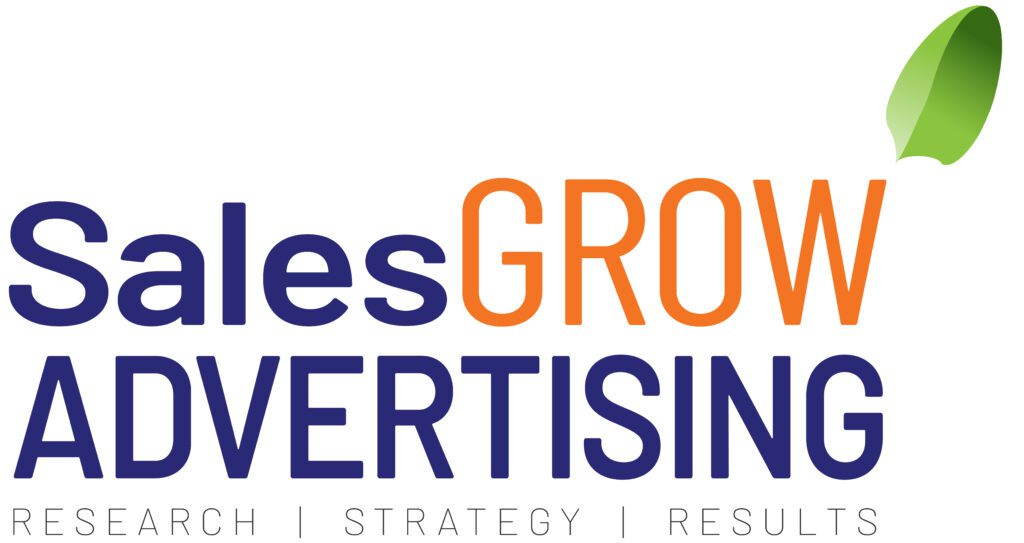Social media holds an unavoidable share of digital marketing for businesses that want to reach their audience, whether consumers or other businesses. While both B2B (business-to-business) and B2C (business-to-consumer) social media advertising rely on similar platforms, the approach, messaging, and objectives differ a lot. Understanding these differences is necessary for any brand looking to maximise its advertising efforts.

Audience and Buying Behaviour
The biggest difference between B2B and B2C social media advertising lies in their audiences. B2B campaigns focus on businesses, meaning the decision-making process is often longer and involves multiple stakeholders. Buyers tend to research extensively, prioritising logical reasoning, return on investment, and long-term value before making a decision.
B2C ads talk to individual people. These people usually decide based on feelings, what they need, and what they get right away. They might buy things without thinking too much, especially things like clothes, makeup, or entertainment. B2C ads often try to connect with people’s feelings, what they want in life, and how they can be happy. This is different from B2B ads, which focus on showing how much a business knows, using facts, and telling stories about how they helped other businesses.
Content and Messaging Style
Because B2B buyers take a more strategic and informed approach, social media content in this space tends to be educational and informative. Case studies, whitepapers, in-depth reports, and testimonials from industry leaders are common in B2B advertising. The language is usually professional, direct, and tailored towards solving industry-specific challenges.
For B2C advertising, engagement and relatability take priority. Short videos, user-generated content, influencer collaborations, and interactive formats like polls or quizzes are often used to capture consumer interest. The language is typically more conversational and engaging, focusing on entertainment, storytelling, and visual appeal.
Social Media Platform Usage
Facebook and Instagram are usually chosen for B2C ads. It works because of the visuals used, that convey to a broad customer base. However, LinkedIn remains dominant in B2B as well. It connects directly with professionals, people who make decisions, and groups of people in the same industry. Twitter is good for sharing news about an industry and networking groups. YouTube and webinars allow for showing detailed presentations and educational content.
B2C brands, on the other hand, prioritise platforms where consumers spend most of their leisure time. TikTok, Instagram, and Facebook dominate, with short-form videos, eye-catching images, and influencer marketing playing a major role. These platforms are designed to capture attention quickly, making them ideal for promotions, product launches, and direct-to-consumer engagement.
Advertising Strategies and Conversion Goals
The end goal of social media advertising varies between B2B and B2C businesses. For B2B, the objective is often lead generation, meaning ads focus on getting potential customers to sign up for newsletters, download resources, or request a demo. Conversions typically take longer, requiring a nurturing process through multiple touchpoints before a final decision is made.
B2C advertising, however, aims for immediate conversions, whether it’s a product purchase, website visit, or engagement with the brand. The call-to-action in B2C ads is usually more direct—’Shop Now,’ ‘Limited Offer,’ or ‘Get Yours Today’—to encourage quick decision-making. Retargeting plays a key role in both approaches, but B2C campaigns tend to see quicker results due to shorter decision cycles.
Budgeting and Ad Spend
B2B businesses generally allocate a higher budget per lead since their customer lifetime value is much higher. A single conversion can mean a long-term contract or high-value purchase, making it worthwhile to invest more in nurturing and targeted advertising.
B2C campaigns often work with a broader audience, which means lower costs per conversion but a higher volume of transactions. Seasonal promotions, flash sales, and viral marketing tactics are common in B2C advertising to maximise reach within a budget-friendly framework.
Choosing the Right Social Media Advertising Partner
A well-planned social media advertising strategy is essential for both B2B and B2C brands to succeed. Businesses looking for expert guidance can benefit from working with a social media advertising agency like SalesGrow. With industry knowledge and tailored social media advertising services, SalesGrow helps businesses in Brisbane and across Australia connect with their ideal audience, generate leads, and drive conversions.
To find out how SalesGrow can boost your brand’s online presence, visit SalesGrow and explore its range of digital marketing solutions.

